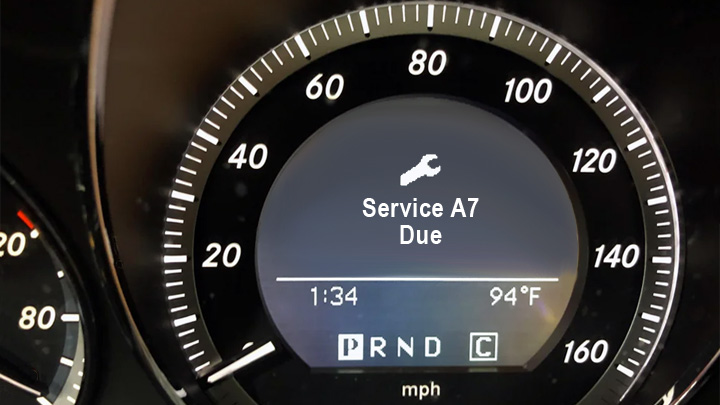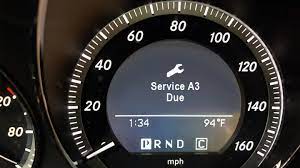2007 Honda Pilot 3.5 Firing Order
Understanding the 2007 Honda Pilot 3.5 Firing Order
The 2007 Honda Pilot 3.5 Firing Order stands as a testament to reliability and performance in the SUV segment. Beneath its hood lies a powerhouse – the 3.5-liter engine, where each firing sequence orchestrates the symphony of power production.
What is 2007 Honda Pilot 3.5 Firing Order?
In the language of engines, firing order refers to the specific sequence in which the engine’s cylinders receive spark and ignite the fuel-air mixture. It’s like the engine’s heartbeat, dictating the rhythm of power generation.
Importance of Correct Firing Order
The consequences of an incorrect firing order can be dramatic. From reduced power and efficiency to potential damage to the engine, the firing order is not a detail to be overlooked.
Specifications of the 2007 Honda Pilot 3.5 (Firing Order) Engine
Before delving into the firing order specifics, let’s get acquainted with the impressive specifications of the 2007 Honda Pilot’s 3.5-liter engine. Boasting [insert relevant specs], this engine is a marvel of engineering.
The Correct Firing Order for Honda Pilot 3.5
For the 2007 Honda Pilot 3.5 (firing order) engine, the firing order follows a specific pattern: [insert firing order]. Memorizing this sequence is fundamental for anyone seeking to maintain their vehicle’s peak performance.
Common Issues with Firing Order
Despite the robust engineering of Honda vehicles, issues with firing order can arise. Common problems include [insert common issues], but fear not – solutions are within reach.
DIY Tips for Checking and Correcting Firing Order
Empower yourself with knowledge. A step-by-step guide for checking and correcting the firing order is a valuable tool for enthusiasts looking to take matters into their own hands.
Signs of Incorrect Firing Order
How does one recognize the subtle signs of an incorrect firing order? Look out for [insert signs], as they might be indicative of a firing order hiccup.
Why Precision Matters in Firing Order
Precision is not an indulgence but a necessity when it comes to setting the firing order. A slight misstep can throw off the entire engine’s performance.
Impact on Fuel Efficiency
Beyond power, the firing order also influences fuel efficiency. Discover how maintaining the correct firing order can contribute to a more economical ride.
Professional Mechanic vs. DIY Approach
When faced with firing order issues, the dilemma of seeking professional help or opting for a DIY approach arises. We explore the advantages and disadvantages of each path.
Tips for Maintaining Optimal Firing Order
Prevention is the best cure. Learn practical tips to ensure your Honda Pilot’s firing order remains in top shape, preventing potential issues down the road.
Common Myths about Firing Order
Let’s debunk some prevalent myths surrounding firing order. Clearing misconceptions contributes to a more informed and empowered community of Honda enthusiasts.
Conclusion
In the intricate web of automotive engineering, the firing order stands as a linchpin for performance. For the 2007 Honda Pilot 3.5 firing order, maintaining the correct firing order isn’t just a technicality; it’s a commitment to a reliable and efficient driving experience.
FAQs:
Q: How often should I check the firing order of my 2007 Honda Pilot?
A: It’s advisable to check the firing order during routine maintenance, especially if you notice any irregular engine performance.
Q: Can an incorrect firing order damage my engine?
A: Yes, an incorrect firing order can lead to reduced performance and, in extreme cases, engine damage.
Q: Are there any tools specifically designed for checking firing order?
A: Yes, there are specialized tools available, but a basic understanding and manual inspection can also be effective.
Q: What other factors can affect the firing order, aside from mechanical issues?
A: Electronic components, such as the ignition system, can also influence the firing order.
Q: Is it normal for the firing order to change over time?
A: No, the firing order should remain consistent. Any changes may indicate underlying issues that need attention.
For More Information Visit: Cars Maintenance Guide



2 Responses